
Warren Buffet, Arnold Schwarzenegger, Bill Ford, Brad Pitt, and me. What do we have in common? We all believe in the power of William McDonough—architect, instigator, and inspirer of change and optimism.
During my senior year design studio, Professor Galen Cranz organized a field trip to New York City to meet architects at the forefront of sustainable design and development. That was when I first met Mr. McDonough, shortly after his publication of The Hannover Principles: Design for Sustainability. Almost 20 years later, I listened to him speak for three hours in a 2010 West Coast Green session titled “William McDonough: Unplugged.”
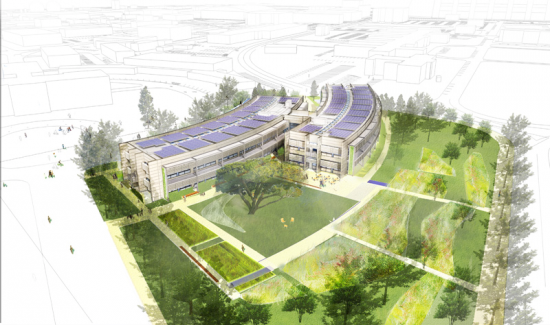
William McDonough is many things. Change agent, author of books and papers, convener of creative minds, founder of a non-profit, designer of sustainable buildings and plans, and probably a few more other things. It was fascinating for me to hear him speak about his experiences from childhood to adulthood. Connecting the dots of his life led me to recognize how closely those experiences have shaped his outlook on humanity and design philosophies.
Mr. McDonough was born in Tokyo; grew up in Washington, Hong Kong, and New York City; and travelled to many places in between. Hong Kong in the 1960s opened his eyes to refugees, starvation, and the restriction of four hours of water supply each day. He lived in France before entering Dartmouth’s art program. Before getting his masters degree, he went to Jordan to help layout master plans for nomadic Bedouins. That experience brought him face to face with the aftermath of human destruction. He lived through the U.S. energy crisis, built his first project (a house in Ireland), and participated in the design of a Hindu village in an Amish neighborhood at age 25.
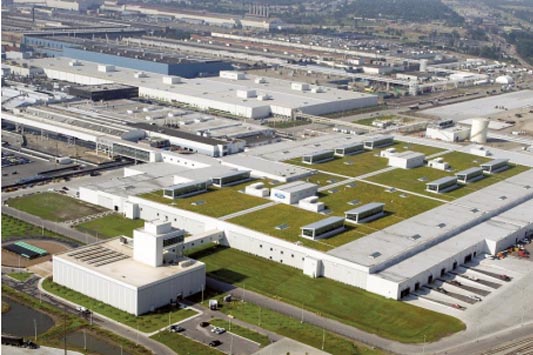
After Mr. McDonough started practicing architecture, there were a few key projects that pushed him to engage in things beyond architecture. Environmental Defense Fund (EDF) hired him in 1984 to design its office. Way ahead of when the “sick building syndrome” came into public limelight, the client told him that if staff members got sick from his building, then they would hold him responsible. As a result, he started researching building products to make sure that he selected environmentally, non-toxic materials.
A few years later, Mr. McDonough won a design competition for a daycare center in Germany. During his observation of the children running around in schools, he had an eye-opening moment: the children were licking everything in their sight. He questioned how safe those materials were for children to lick. His research into toxins and building materials then led him to meet Michael Braungart in 1991. Their meeting led to the creation of McDonough Braungart Design Chemistry (MBDC), a sustainability consulting and product certification firm best known for its Cradle to Cradle Framework and Certification.
In between lecturing at universities, acting as the U.S. Chair of the China-U.S. Center for Sustainable Development, and teaming up with Brad Pitt and Make It Right to develop environmental criteria design for its building of affordable and sustainable homes in New Orleans post Hurricane Katrina, Mr. McDonough and his firm have designed some of the greenest projects in the world:
- NASA Sustainability Base in Mountain View, California
- Ford’s 1,100-acre Rouge River Plant restoration in Dearborn, Michigan, which includes one of the world’s largest green living roof
- Nike European Headquarters in Hilversum, The Netherlands
- Former GAP Offices (now YouTube headquarters) in San Bruno, California
- Adam Joseph Lewis Center for Environmental Studies, Oberlin College, Oberlin, Ohio
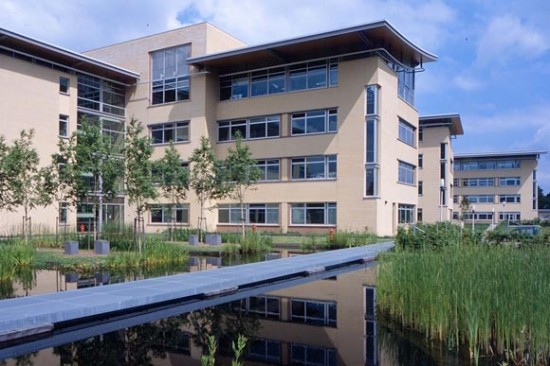
Through his work, Mr. McDonough has been working towards his goal of designing for 10 billion people and creating sustainable, healthy, and humane environments. During West Coast Green, he asked the audience this question: “What does it mean to design for 10 billion people?” Food for deep thought.
Here are some other powerful ideas that Mr. McDonough posed:
“It’s time to use the power of 10 to wage peace. How does one wage peace? By respecting people.”
“Design is the first signal of human intention. What is our intention as a species? Why can’t we make stuff to make our lives better? We need a new design assignment as a species.”
“An item’s value is imbued by your intentions and a tool doesn’t know if it is good or bad. Efficiency is not a tool. Being less bad is not being good. Being less bad does not equal better.”
“Do the right thing, and then give value to your tools.”
“Do the right thing first, then focus on effectiveness. Efficiency isn’t always good.”
“We need to learn to speak other people’s language and understand what they want.”
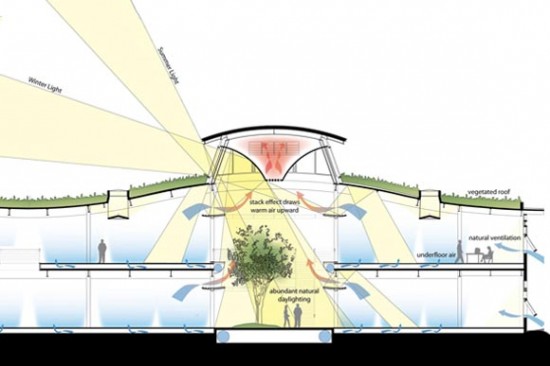
Over the years, Mr. McDonough has influenced some major changes in the design and construction industries at large scales. Ten years ago, Shaw Industries Group, Inc., a subsidiary of Berkshire Hathaway, Inc., created EcoWorx, the world’s first Cradle to Cradle certified carpet which is 100% recyclable, free of PVC in its backing, and contains 40% recycled content. Former California Governor Arnold Schwarzenegger convinced MBDC to hand over its intellectual property by setting up the Cradle to Cradle Products Innovation Institute in San Francisco. This non-profit organization’s mission is to bring about a large scale transformation in the way things are made and create an open-source community of research.
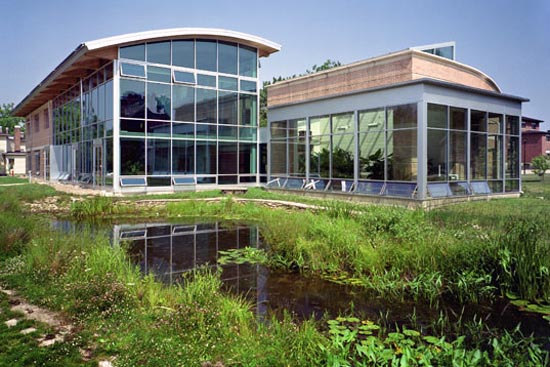
Mr. McDonough has refocused his architecture firm to target the bottom 2 billion people, to work with people who can afford to get creative, and to dedicate 50% of office projects to this cause. He is continuing to inspire manufacturers to go Cradle to Cradle. Ultimately, per Mr. McDonough and Mr. Braungart:
“Our goal is [to have] a delightfully diverse, safe, healthy and just world, with clean air, water, soil and power—economically, equitably, ecologically and elegantly enjoyed.”
In the words of Mr. McDonough, “Isn’t that something?”


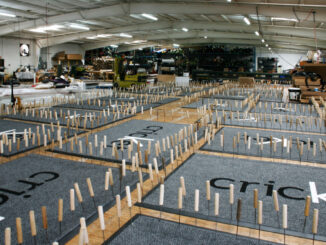
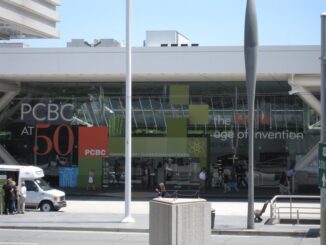
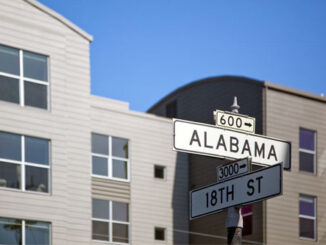
Be the first to comment